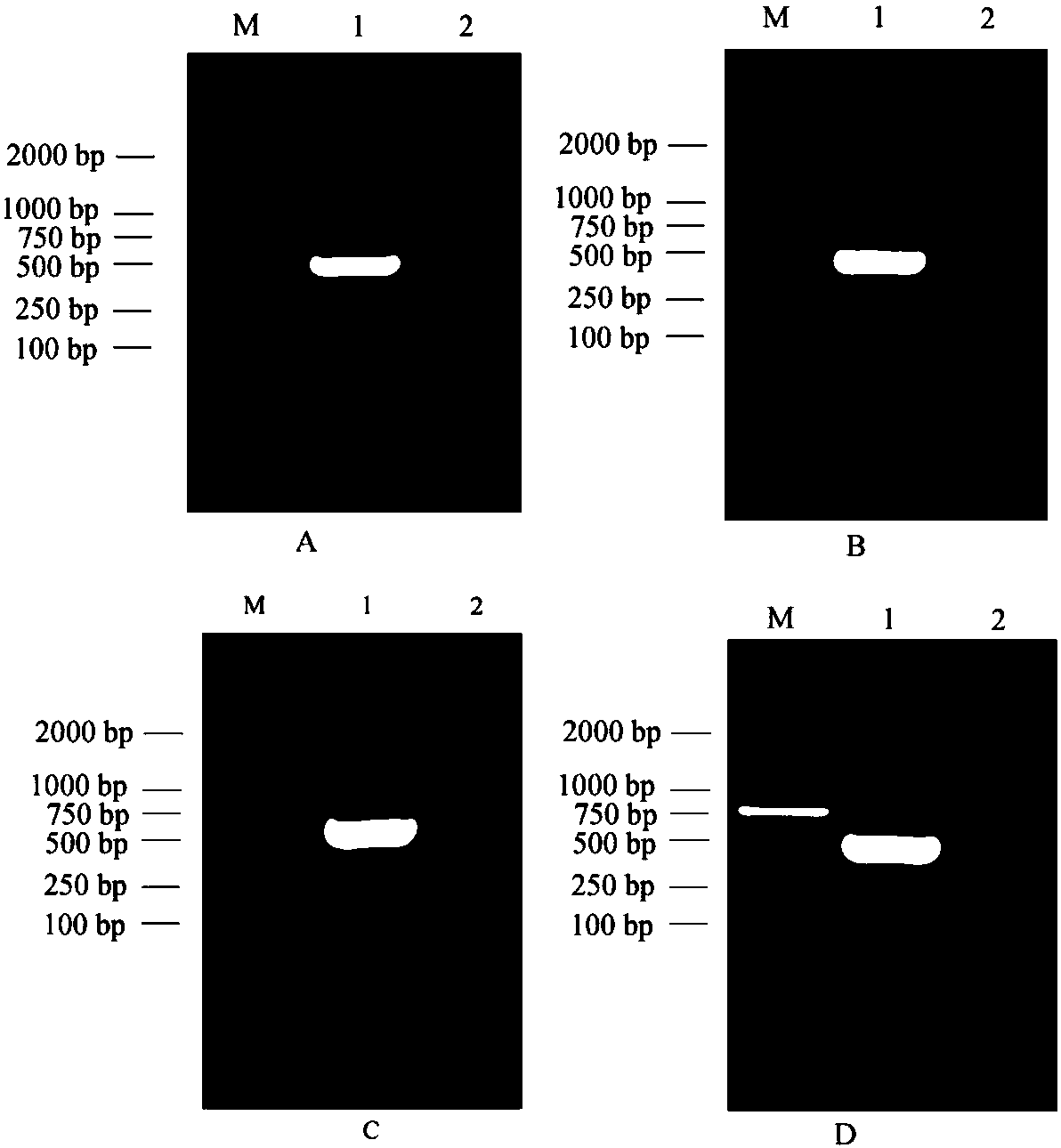Positioned processed and damaged Gly m Bd 60K protein antigen region based on phage display technology and screening method
A phage display and protein technology, applied in the fields of molecular biology, bioinformatics, and immunology, which can solve problems such as no related literature.
- Summary
- Abstract
- Description
- Claims
- Application Information
AI Technical Summary
Problems solved by technology
Method used
Image
Examples
Embodiment 1
[0028] Example 1. Preparation of allergen epitope-specific antibodies destroyed by ultra-high static pressure treatment
[0029] 1. Ultra-high static pressure treatment of β-conglycinin:
[0030] Put β-conglycinin with a concentration of 15mg / mL in a sterile homogeneous bag, seal the bag and vacuumize it, and place the sealed homogeneous bag in the processing chamber (23°C) of the ultra-high static pressure processing device , start boosting, the boosting rate is 250MPa / min, when the pressure rises to 455MPa, keep the pressure for 18min, and then release the pressure, the pressure releasing rate is 300MPa / min. The inhibition rate of β-conglycinin antigen after treatment was 49.59%.
[0031] 2. Preparation of allergen epitope-specific antibodies (antigen-absorbing polyclonal antibodies) destroyed by ultrastatic high-pressure treatment:
[0032] New Zealand white rabbits were fed with natural β-conglycinin to prepare polyclonal antibody to β-conglycinin. Add excess β-conglyci...
Embodiment 2
[0033] Example 2, Preparation of Allergen Epitope-Specific Antibodies Destroyed by Heat Treatment
[0034] 1. Heat treatment of β-conglycinin:
[0035] Put β-conglycinin with a concentration of 10 mg / mL in a beaker and heat in a water bath at 90°C for 60 min. The inhibition rate of β-conglycinin antigen after treatment was 38.4%.
[0036] 2. Preparation of allergen epitope-specific antibodies destroyed by heat treatment:
[0037] Method is with embodiment 1.
Embodiment 3
[0038] Example 3. Preparation of Allergen Epitope-Specific Antibodies Destroyed by Glycosylation Treatment
[0039] 1. Glycosylation treatment of β-conglycinin:
[0040] Dissolve β-conglycinin and glucose (mass ratio: 4:1) in distilled water to make the final concentration of the mixed solution 6%, mix well and vacuum freeze-dry, and place the freeze-dried sample at constant temperature and humidity In the incubator, adjust the relative humidity to 79%, and the temperature to 60° C., and react for 2.5 days. The inhibition rate of β-conglycinin antigen after treatment was 42.8%.
[0041] 2. Preparation of allergen epitope-specific antibodies destroyed by glycosylation:
[0042] Method is with embodiment 1.
PUM
 Login to View More
Login to View More Abstract
Description
Claims
Application Information
 Login to View More
Login to View More - R&D
- Intellectual Property
- Life Sciences
- Materials
- Tech Scout
- Unparalleled Data Quality
- Higher Quality Content
- 60% Fewer Hallucinations
Browse by: Latest US Patents, China's latest patents, Technical Efficacy Thesaurus, Application Domain, Technology Topic, Popular Technical Reports.
© 2025 PatSnap. All rights reserved.Legal|Privacy policy|Modern Slavery Act Transparency Statement|Sitemap|About US| Contact US: help@patsnap.com



